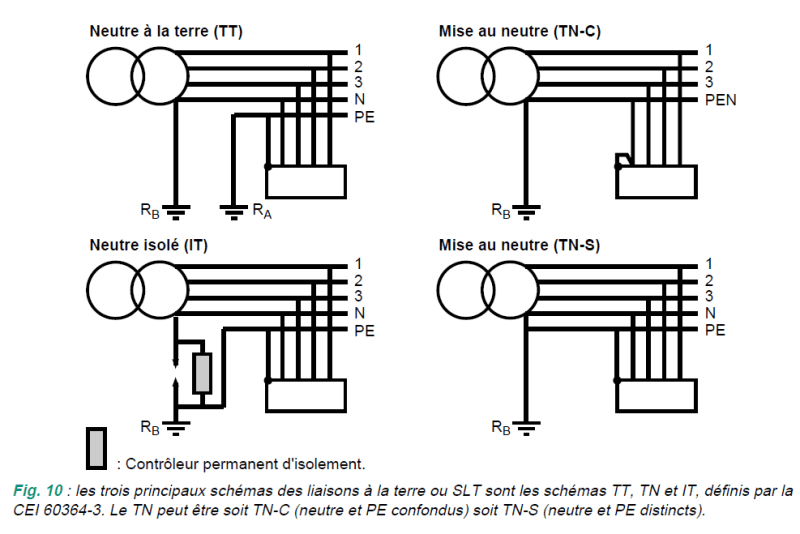Carlos Melim
Electrical
- May 31, 2018
- 24
Good morning everybody,
I want to measure the earth-resistance on a primary substation with separate N and PE grounds.
I have measured it with 3-wire connection earth resistance loop test on the LV panel. I am using a FLUKE 1653B tester. The result was over 40 Ohm.
I have also connected the two grounds and, around the connecting wire, I have used an earth ground Clamp. The result as around 5 Ohm. I didn´t
cut off the power to perform the earth ground clamp test.
Any explanation to the different results? I´ve suspected there was a problem with the substation transformer, maybe on the offload voltage tap changer. Some type of rust that could justify the high earth resistance loop test result.
I have inspected the transformer thoroughly and it was all fine.
I am not very familiar with earth ground Clamps. Am I doing something wrong?
I am looking forward to hearing from you. Any help will be greatly appreciated.
Best regards.
Carlos Melim
I want to measure the earth-resistance on a primary substation with separate N and PE grounds.
I have measured it with 3-wire connection earth resistance loop test on the LV panel. I am using a FLUKE 1653B tester. The result was over 40 Ohm.
I have also connected the two grounds and, around the connecting wire, I have used an earth ground Clamp. The result as around 5 Ohm. I didn´t
cut off the power to perform the earth ground clamp test.
Any explanation to the different results? I´ve suspected there was a problem with the substation transformer, maybe on the offload voltage tap changer. Some type of rust that could justify the high earth resistance loop test result.
I have inspected the transformer thoroughly and it was all fine.
I am not very familiar with earth ground Clamps. Am I doing something wrong?
I am looking forward to hearing from you. Any help will be greatly appreciated.
Best regards.
Carlos Melim


